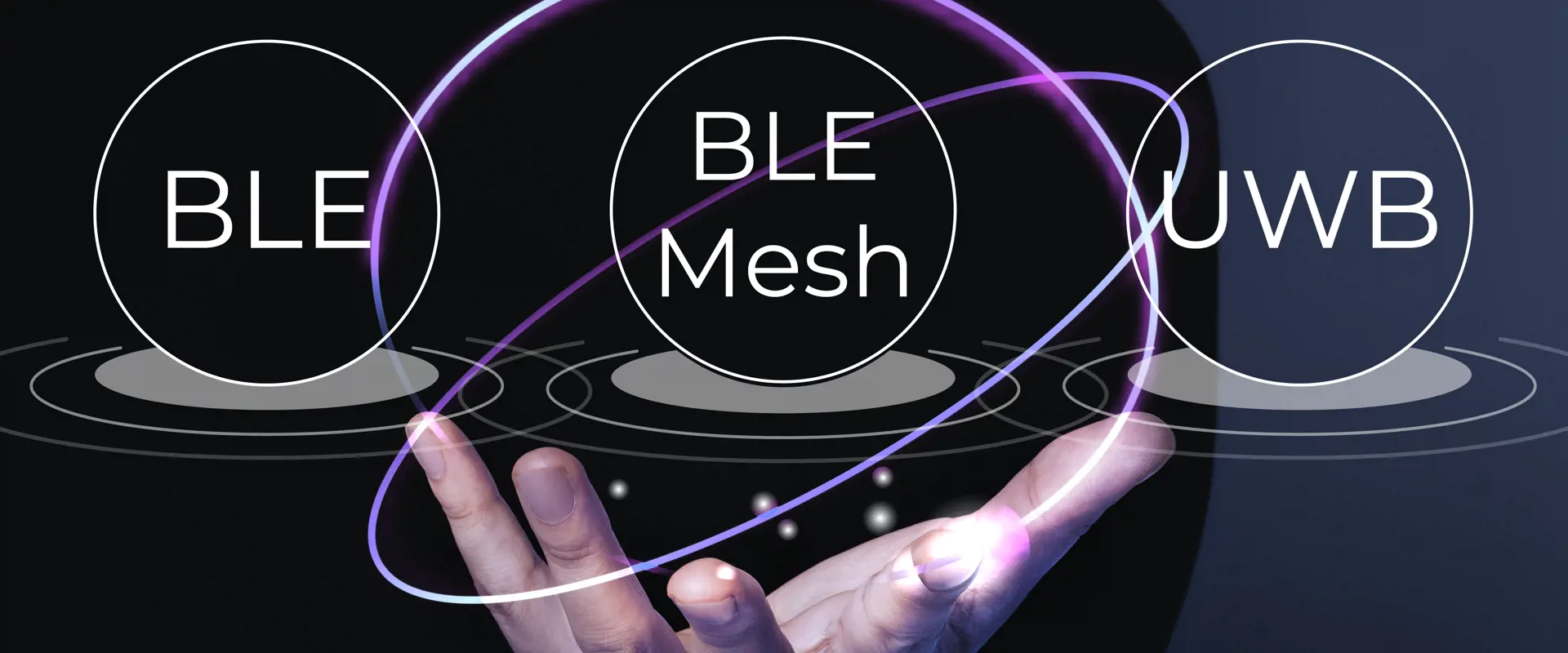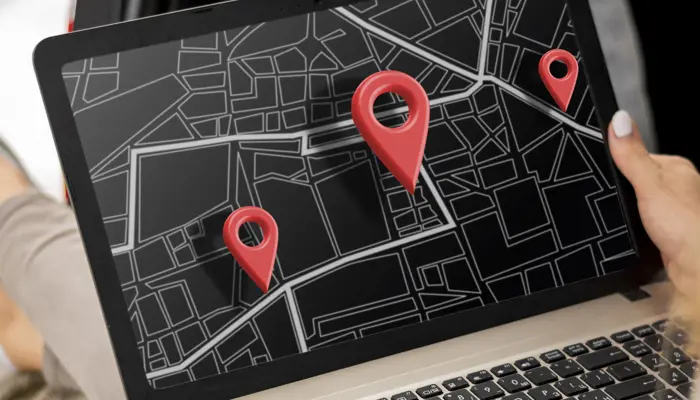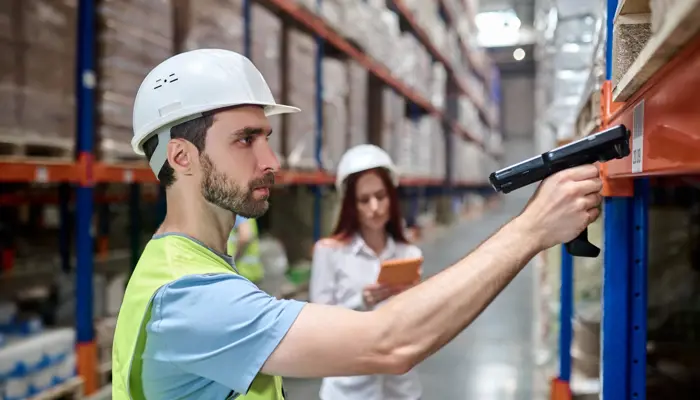
RTLS: how to choose the right technology
Learn why the correct choice of RTLS technology is crucial to the success of your project. Explore the key evaluation criteria, including accuracy, latency and cost, to make an informed decision, and trust qualified professionals to ensure system reliability.
- There are fundamental criteria to consider when evaluating an RTLS technology
- A correct methodological approach allows you to assess the environment and test the technology to make an informed decision
- Relying on qualified professionals is crucial to ensure a reliable RTLS system.
When it comes to RTLS projects, we know that there are various questions that can arise. First of all, the choice of technology. In this article, let us look together at why it is important to choose an RTLS technology correctly and what the main criteria are for the most appropriate choice.
Why choosing an RTLS technology correctly is a critical and very important step
The choice of localisation technology is a critical step in any RTLS project and is crucial to its success. There is no such thing as a more or less performing localisation technology, but simply that each technology is appropriate for a given application or industry scenario.
This is why identifying the most correct localisation technology involves a careful assessment of the use case that is to be implemented, considering the environment in which the RTLS system will be installed and the multiple functional and non-functional requirements.
Criteria for choosing an RTLS technology
We have understood why it is important to choose the most appropriate RTLS technology. But how can we make that choice based on our specific needs? Various technologies used in indoor localisation are available on the market. Although they share some common elements, they differ in various aspects. Therefore, there are specific criteria for evaluating RTLS technologies and facilitating the final choice.
Here are some of the most commonly used evaluation criteria:
- Accuracy: the accuracy with which certain resources are to be located is one of the main evaluation criteria and typically the starting point of the analysis. The accuracy of the technology is a criterion that is evaluated in a variable manner depending on its application. For example, in a production department, an accuracy of 2-3 metres may be acceptable, while a supermarket requires a higher accuracy, which may be below one metre.
- Latency: latency is the delay in network communication. This criterion allows us to assess how much delay is tolerable during data transfer in the tracking of a certain asset according to the service provided. This criterion also varies according to the need, for example, to have a history of the data collected or to have it in real time.
- Number of tracked assets: depending on application scenarios, a few assets may be tracked or even hundreds, rather than thousands. Undoubtedly, the number of assets has a major impact on both hardware costs and possible future system management costs, such as battery replacement. It is therefore crucial not only to choose the correct technology, but also the most appropriate tracking device and, if necessary, to evaluate indirect tracking techniques.
- Running costs: when estimating the costs of an RTLS solution, it is essential to estimate both the initial costs and the running costs over time, and to make an overall assessment over a time frame that is deemed adequate for the return on the investment made. The main cost items relate to hardware, licences, system start-up costs, any cabling costs and maintenance costs.
- Environment: the installation environment is decisive in the choice of location technology, as it places strong constraints on the performance that can be achieved. Therefore, it is always advisable to carry out a site survey to immediately assess all the complexities of the case, e.g. linked to the presence of metal or the dynamic nature of the environment in general.
- Characteristics of Tracked Objects: In addition to numerosity, tracked objects may require devices with certain characteristics. For example, a more or less miniaturised size, having an IP rating to withstand water or other agents, being robust enough to withstand shocks, having the necessary support for a certain mounting.
Approach to choice
It is evident from the previous section that the choice of a given RTLS technology is both fundamental and very complicated. A correct methodological approach is therefore required, which typically involves the following steps:
- Project definition: In this phase, the project requirements are defined, specifying the use cases to be supported, involving the various parties that will directly or indirectly interact with the RTLS solution.
- Site survey: During a site survey, the customer's processes, IT infrastructure and physical space are evaluated. The main objective is to gather information to determine the number, optimal location of RTLS antennas and the accuracy required to activate ThinkIN's services and ensure reliable operation.
- Field testing: in the field test phase, a PoC (Proof of Concept) is implemented to allow the customer to directly experience the technology and assess the technical feasibility of the RTLS system. This ensures a clear understanding of the technology and its possible implementations.
- Pilot: this step marks the start of a project, the RTLS system is implemented in a limited area of the plant to facilitate the activation of the ThinkIN service and allow the fine-tuning of the system.
- Production: during the production phase, the integration of the ThinkIN service with the customer's third-party systems, such as ERP, MES and WMS, takes place to enable the effective use of the system in production. In addition, possible extensions of the system to cover new areas of the plant or new use cases are analysed during this phase.
Final considerations
Relying on qualified professionals is crucial to ensure the reliability of software based on RTLS systems. Incorrect sizing of the RTLS system, incorrect antenna calibration or improper configuration of the edge server can compromise the proper functioning of the system, resulting in inaccurate and unreliable process information. It is therefore vital to ensure that all these components are orchestrated and managed with care and expertise to guarantee the quality and reliability of the information produced by the system.
Download the white paper to read the full version.




